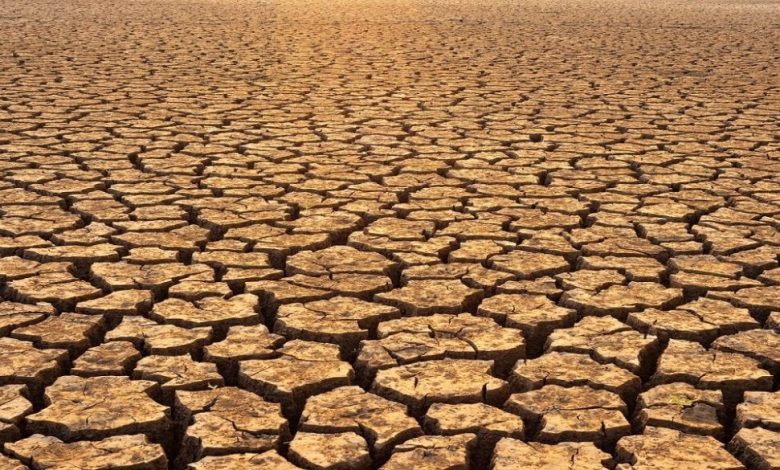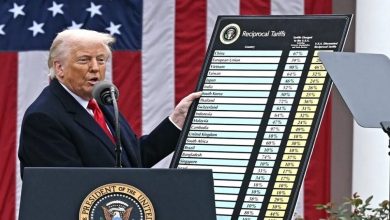“Day Zero Drought” Threatens U.S. Cities and the World Sooner Than Expected, Study Warns
A new scientific study reveals that unprecedented water crises could hit parts of the United States and the world within the next decade, driven by climate change, rising water demand, and disrupted rainfall patterns.

A recent scientific study has warned that the United States and several regions worldwide may face unprecedented water crises, known as “Day Zero Drought.” This term refers to the point at which surface water resources run so low that they can no longer sustain ecosystems and human communities.
According to the research published in Nature Communications, this phenomenon could emerge in some regions during the current or next decade — much earlier than scientists previously expected.
The study explains that human-induced global warming is reshaping the planet’s water cycle, leading to disrupted rainfall patterns, reduced river flows, and increased water demand simultaneously. Researchers used advanced climate simulation models and probabilistic frameworks to estimate the “time of first emergence” of severe drought events — the point where drought conditions, supply declines, and rising consumption converge to produce a full-blown crisis.
Major U.S. Cities Face Accelerated Drought Timeline
The findings indicate that regions such as the Mediterranean Basin, southern Africa, and parts of North America are among the most vulnerable in the coming decades. Christian Franzke, a climate scientist at Pusan National University in South Korea and a co-author of the study, told: “What surprised us is that Day Zero Drought could happen much earlier than expected. I thought we’d see these phenomena by the end of the century, not its beginning.”
Some major U.S. cities could face this crisis before mid-century. Based on one of the models used in the study:
-
Washington D.C., Phoenix, and San Diego could experience severe droughts in the 2020s.
-
Chicago and Milwaukee may follow in the 2030s.
-
Las Vegas and Kansas City are projected for mid-century.
-
Los Angeles and Sacramento could be affected by the 2080s.
The researchers warn that the intervals between severe drought waves will be shorter than the drought durations themselves, leaving cities and communities little time to recover before the next wave strikes. This will increase pressure on infrastructure and water networks.
Urgent Action Needed to Avert Water Crises
Scientists emphasize that preventive measures must begin immediately. This includes restructuring water management policies, adopting more efficient strategies in agriculture and industry, and expanding desalination and water reuse networks. Franzke added that the threat isn’t solely due to climate change — modern water-intensive lifestyles also play a critical role:“Human demand for water is an inseparable part of the crisis, and local governments can play a decisive role in managing it.”
The study cites previous experiences such as Cape Town’s 2018 crisis, when reservoir levels dropped to 10% of capacity before last-minute rainfall averted disaster. Similarly, in 2019, Chennai, India, faced extreme shortages, forcing residents to buy water at high prices after wells ran dry.
If current trends continue, water prices are expected to surge, and industries dependent on water — such as agriculture and electronics — could face severe disruptions. New semiconductor factories in dry U.S. states like Arizona already consume enormous amounts of water.
While the study acknowledges some uncertainty in climate models, it stresses the overall trend: the threat of “Day Zero Drought” is approaching faster than anticipated, and the time to prevent it is narrowing every year.



